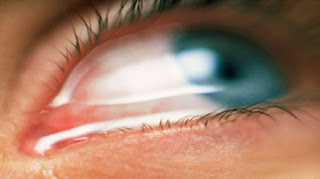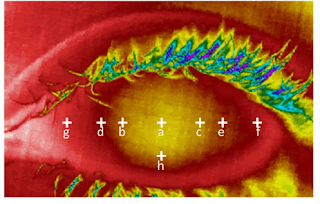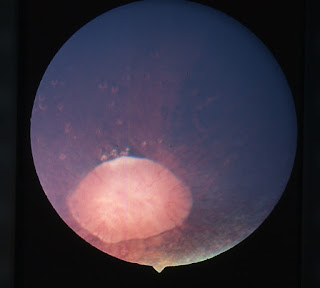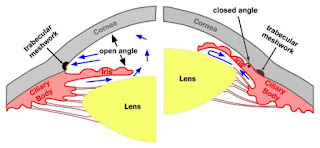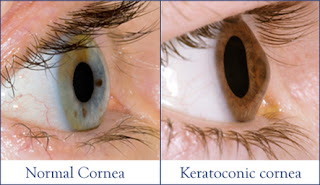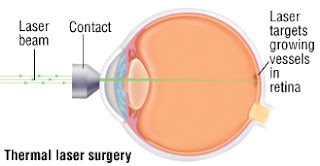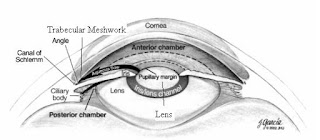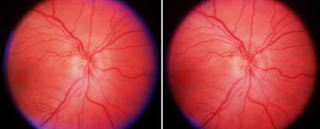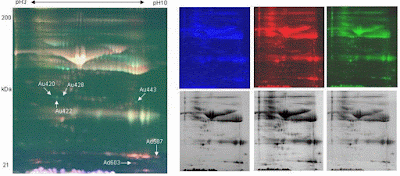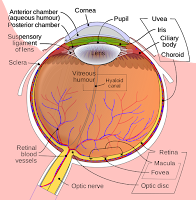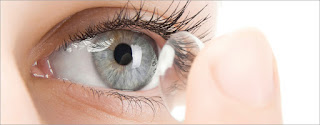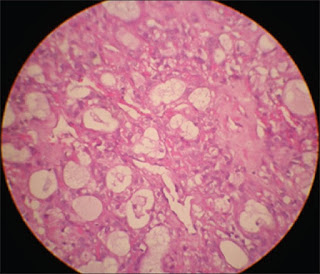To report the retreatment rate and
safety of presbyopia treatment using the corneal laser in situ keratomileusis
(LASIK) procedure, Supracor. In this case series, bilateral LASIK using the Supracor algorithm was performed on consecutive hyperopic presbyopic patients.
All patients were followed for a minimum of six months postoperatively. The principal outcome measures were re treatment rate, safety, efficacy in terms of
uncorrected distance visual acuity (UDVA) and uncorrected reading ability (vocational
reading test), patient satisfaction, stability and predictability. Results: 76
eyes of 38 patients were treated. 42% of patients (16 patients) that were
treated required at least one re-treatment.











